I’ve spent a couple of hours tooling around in Cloud Chamber, and that time has been dominated by one question. It’s not one of the questions the developers likely expected me to be asking – it’s not “Was Ingrid murdered,” or “What is the signal” – but then, it’s also not a question a lot of people would necessarily ask while playing it.
My question is this: how the bloody hell do I describe Cloud Chamber to you lot?
Is it an interactive movie? Is it Memento with a message board? Is it secretly just YouTube, only using Quicktime? I think, in the end, the best way to describe it is this: it’s a self-contained ARG.

Sorry, Kathleen.
You play… well, you. You’re looking into a series of events surrounding a scientific research centre called the Petersen Institute, by means of navigating a “datascape”, which is sort of like a hallucinogenic rollercoaster with regular stops for videos and documents. You travel from data node to data node, sucking up what information you can and trying to make sense of it all.
A data node might contain a video file, or a scanned text document. It might be a video diary (sorry, Kathleen; I mean “journal”) from one of Cloud Chamber‘s primary characters, or it might be some found footage from the documentary that was being filmed, or it might be a transcript of a police report. Finding little bits of information gives you access to further nodes, which offer further tantalising snippets of information.
Complicating matters is that there’s often very little context for when and where each of these nodes took place. They’re generally out of order, leaving you to make sense of how these things connect together – one video file in part three, for instance, ends a couple of seconds before another video file in part four. Between viewing those two video files, though, you’ll probably have gone through a bunch more films and documents, and working out what happened when is just as challenging as working out what happened.

The datascapes start off looking like missing levels from Black & White…
So what did happen? I have no idea. At this point I’ve gone through about half of the ten “parts”, and I have no idea if that’s all of it anyway. Even then, the earlier chapters still have locked nodes that I can’t yet reach, so it’s fair to say that there’s a bunch of stuff I don’t know about.
What I have figured out, so far, is this: Kathleen is a researcher at the Petersen Institute, which is run by her father, Gustav. Gustav’s wife Ingrid (Kathleen’s mother) died in what was possibly an accident and possibly murder, which possibly involved Gustav. The two appeared to fight a lot and there are a number of mysterious circumstances around the death, so that’s not out of the question.
Into the middle of all of this come Thomas and Lars, a journalist and his cameraman, to film a documentary about the Institute. Kathleen finally convinced Gustav that this is a Good Idea because it might get the younger generations more interested in the work being done there.

…but rapidly become something a bit more visually impressive.
There’s also Renly Baratheon, who– wait, no. In this he’s Max, an electronic DJ working at the Institute to sort noise captured by the Institute’s radio telescopes, who gets involved with Kathleen and Thomas. At the same time, he’s fighting a war against his brother in an attempt to– wait, that’s Game of Thrones again.
I kid. Gethin Anthony’s a good enough actor and Max is a unique enough character that it was only awhile after his first introduction that I realised he also played Renly Baratheon. It makes it a little weird when you’re watching old seasons of Game of Thrones while playing Cloud Chamber, but ho hum: I don’t think many are likely to get confused. On the whole, in fact, I’m actually pretty impressed with the acting; a lot of FMV games are either terrible or hammy (or both) but so far this is low-key and entirely believable.
Finally, there’s the signal – a signal from outer space, which may have dire implications. Or it may not. It’s hard to say.

I’ve yet to notice anything to shatter my sense of the story in this image, but I have a sneaking suspicion there’s a tonne of stuff tucked away in pretty much every data node.
At first, the swirling maelstrom of information spread out across an incoherent timeline made it difficult to find footing in the plot. As time went on, I started to genuinely appreciate this decision, because it allows for some decent foreshadowing. For instance: early on in the story (chronologically speaking), Kathleen is cold and withdrawn, and Thomas is an arrogant prick. Which is why it’s a good thing that one of the first video files you come across is Thomas and Max talking about the footage they’ve uploaded, and commenting that they’ll keep trying to get Kathleen back.
It’s an old trick (and it’s often irritatingly employed by videogames in terms of “you start off with every power in the game, and now we’re going to take them all away and you have to earn them back”) but in this context it’s not irritating. If anything, it’s helpful. It shows that the characters and their relationships grow a lot beyond your first impressions, and that something mysterious apparently happens to Kathleen, so there’s a narrative drive there in terms of wanting to find out more about that and how it resolves. If it resolves. Throw in a whole lot of hard science fiction, speculation about the origins of the universe, and discussion of astrophysics, and you’ve got a pretty good grasp of what Cloud Chamber is.
Does that sound interesting? Then you will probably enjoy puzzling out the chronology and mysteries of Cloud Chamber. If not, then… well, it’s probably not for you.

Hopefully, the comments and discussions will be regulated significantly better than YouTube.
See, that really is the game. There’s a social media aspect to it, as well; each node has its own little self-contained message board alongside it where you can post questions or comments and discuss the node and the developing story with others. I think this has an impact on the game, in terms of your interacting with the community and writing thought-provoking posts getting you quicker access to restricted nodes, but I don’t recall Cloud Chamber ever actually telling me this so I can’t be certain. At least one press release also commented that there’s a bit of rhythm-action thrown in there too, with noise interfering with the datascape, but as of yet I haven’t noticed that. Maybe that was an old press release and the idea was discarded, or maybe that hasn’t been implemented, or… I don’t know, okay? There’s a lot I don’t know about this. That’s sort of the point. For all of that, as someone who’s talked at length about using games as a storytelling mechanism, there’s quite a lot I want to say about the way this seems to be working – but that, I think, has to wait until I’ve played it a lot more.
It’s probably worth commenting, though, that I really do love the general aesthetic. The datascape is lovely to look at, and the way electronic music (which is, it seems, a pretty big theme in the plot itself) is used – with a mild beat in the background when you’re looking at a node, which then rises up into an actual song when you’re wandering the datascape – adds a very particular atmosphere.
But I’m not sure how I, as an individual, feel about Cloud Chamber. It’s a brave experiment and one that I’m happy is happening, though by the same token, it’s pretty much a natural evolution of the ARG. It will live or die on its mystery, and it’s a mystery I’m not yet entirely invested in – but then, I’m also not much of an ARG player. I’m intrigued enough that I want to see how it starts to resolve as I get further in, though, which is saying something. If you are an ARG player, and if Cloud Chamber sounds at all interesting, I suspect you’ll find it a fascinating experience which you could theoretically spend hours upon hours with; if not, then it’ll probably leave you as cold as deep space. That said, I’d recommend taking a look at it if you can. It might be an acquired taste, but if a beta opens up or if the first few bits of it are free, I’d argue it’s at least worth tasting.


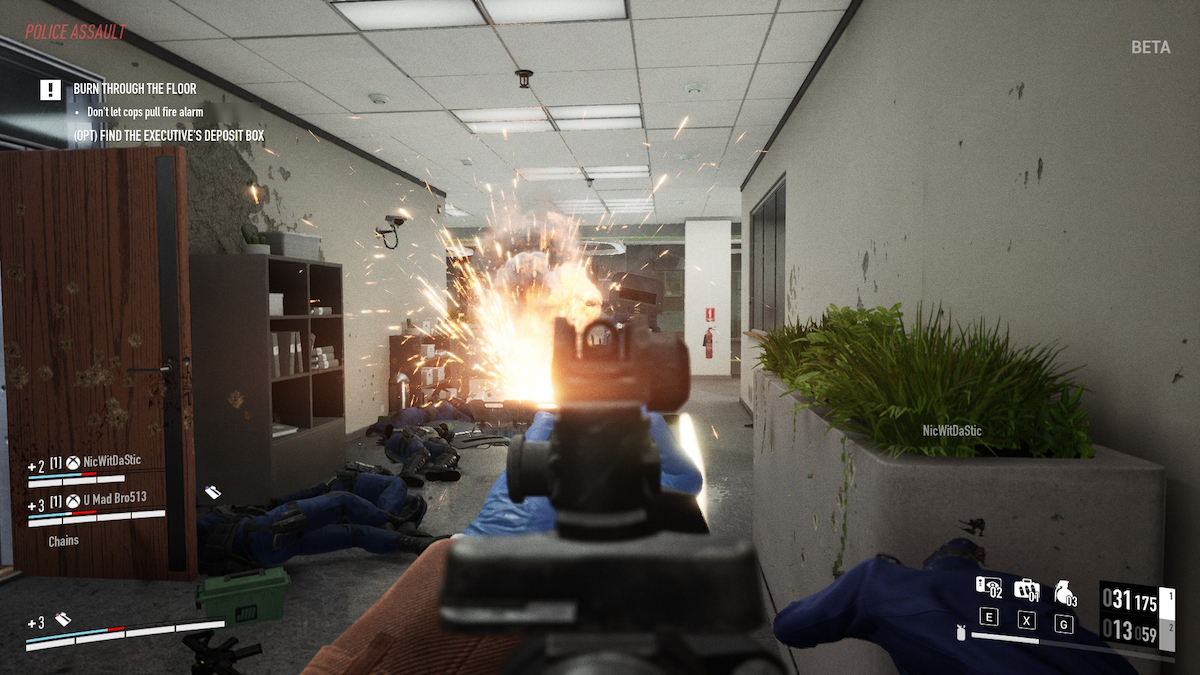
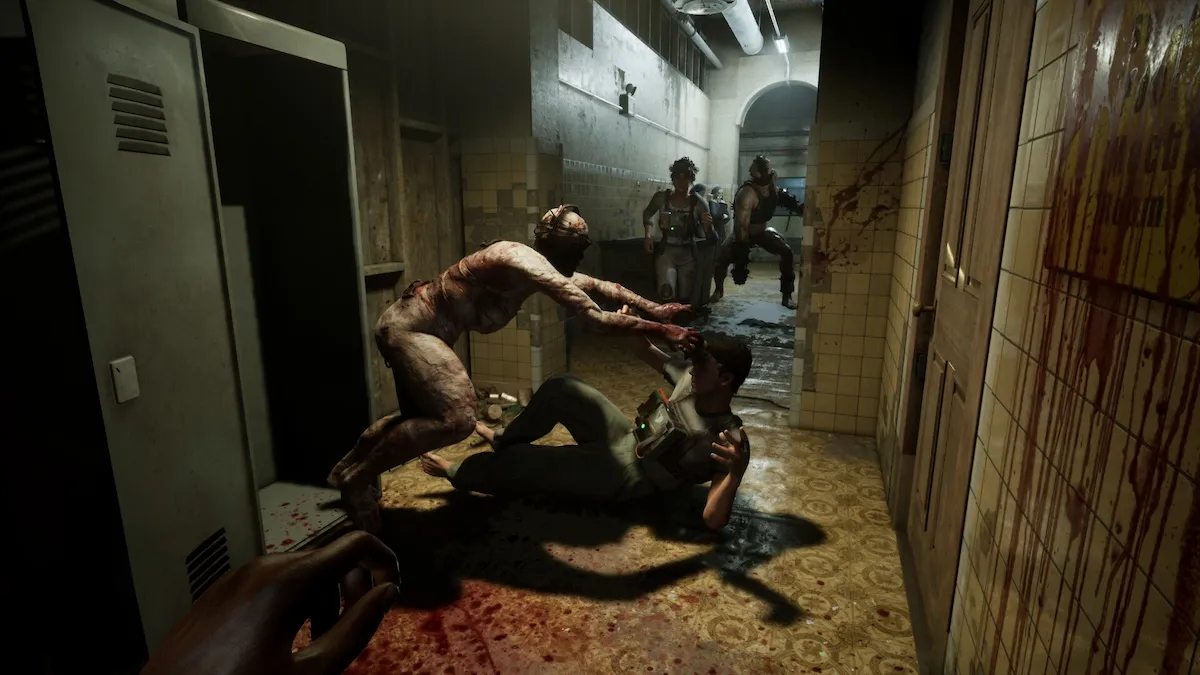
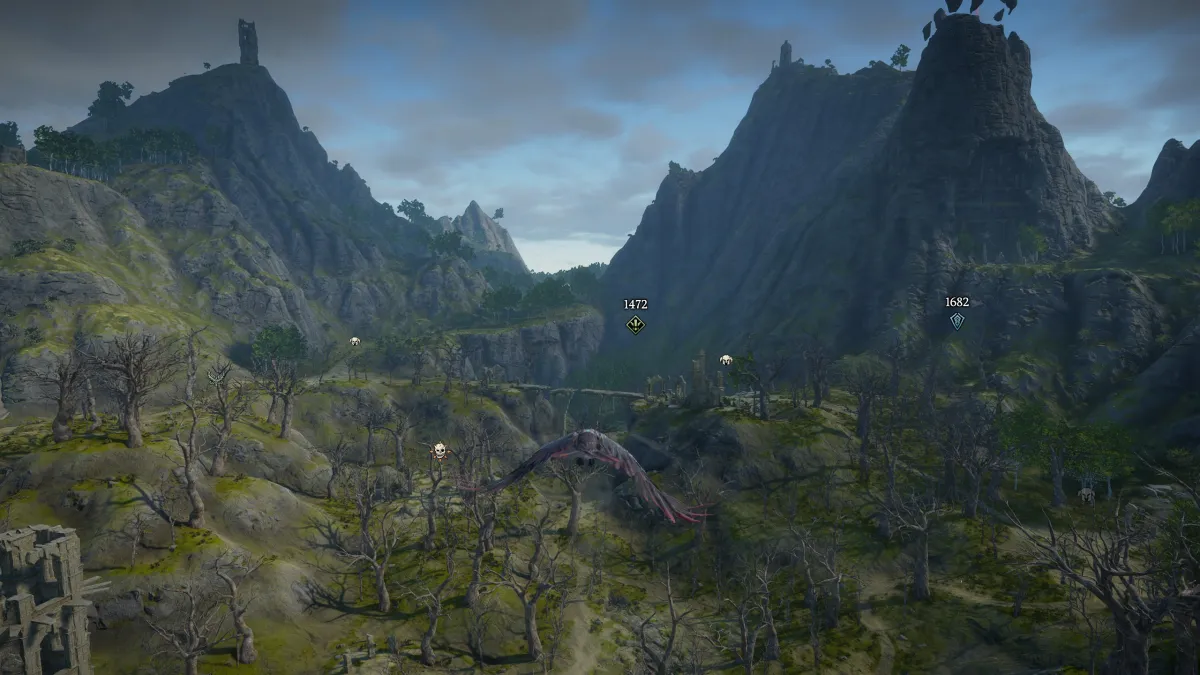
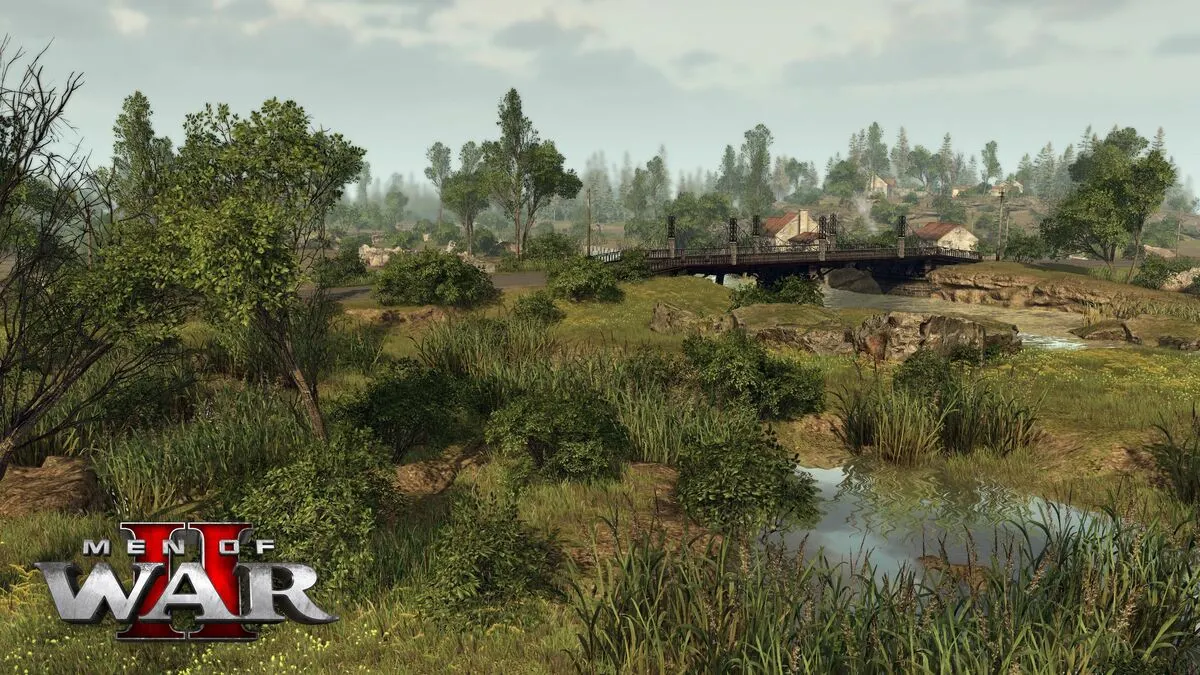
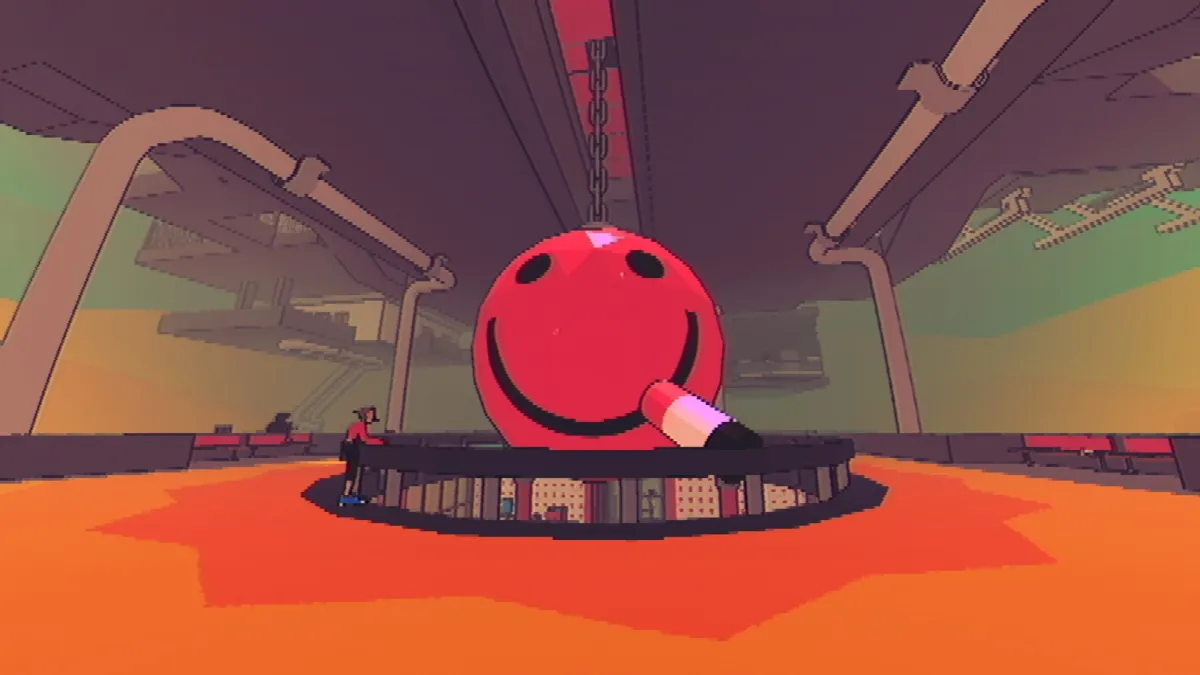
Published: Jul 3, 2014 07:51 pm